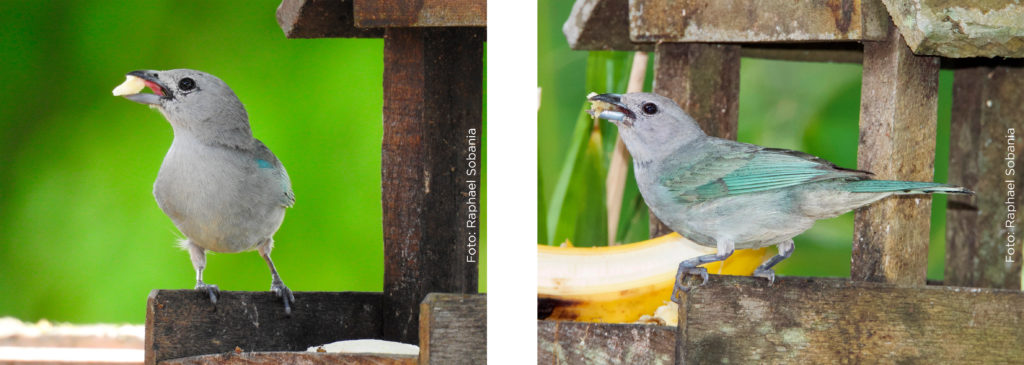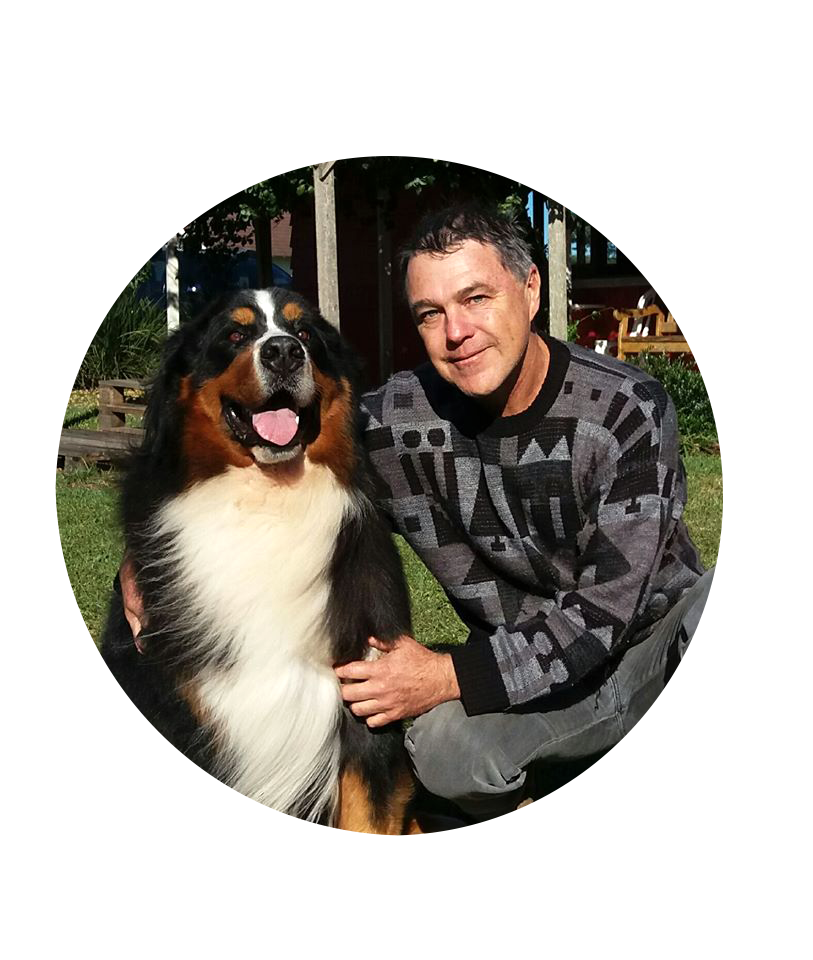According to the portal Jardim do Mundo: Contemplative tourism is a practice linked to ecotourism and is growing more and more among Brazilians. This modality aims to preserve the environment, while visitors contemplate the most fascinating landscapes.
To talk a little more about this growing tourism, with great joy we have our partner: Ralf Andreas Berndt, sustainable tourism enthusiast, entrepreneur and resident in São Luiz do Purunã.
Among the things in the countryside that I most like to do, is Bird Watching, in its natural environment. And this is an activity that has been growing a lot in recent years, and is also known as “Birdwatching”. The activity consists of collecting visual and auditory records, recorded in a passbook, recording of songs and photographic records.

South America is a privileged continent for this activity, as it has the greatest diversity of birds in the world: 2,950 species, including resident and visiting (migratory) birds. And Brazil has just over 1,900 species, of which 10% are endemic (exclusive to the national territory).
Currently the activity of Birdwatching or Bird Watching, has been gaining supporters of all age groups, and facilitated thanks to the technological resources available, such as cameras, digital recorders, websites and applications for bird identification, and the social networks themselves, which are intended for the discussion of the topic.

To practice Birdwatching, it is not necessary to go to the Amazon Forest, or to the Pantanal. Walking through the streets and squares of our city, we daily miss the opportunity to observe the birds that vocalize and show themselves around us, and in the rush of everyday life, we are not even aware of their presence. Field trips to more preserved places, such as Forests in Parks and other Conservation Units, greatly increase the diversity of species to be found. It is important to wear discreet clothes, to walk in a calm and slow way, in silence, with keen eyes and ears to detect the slightest sign of the presence of birds in the middle of the vegetation.
For some species, the use of Playback has surprising results in attracting birds. It consists of recording and later reproducing the song, causing the bird, usually a male, to approach the observer, in an attempt to defend its territory from an alleged competitor.
During and at the end of a Birdwatching session, you will feel rewarded (for the walk and direct contact with Nature), for the registration of species that you would probably never suppose to exist and for the challenge of identifying new species. A healthy, stress-free and rewarding habit that you can practice just a few meters from your home, or even in the garden!

The peregrine falcon (Falco peregrinus) seen from the window of an apartment in the capital of Curitiba, is considered one of the fastest animals in the world, reaching a speed of 320 km/h and in Brazil it is a migratory species, flying to other parts of the continent to reproduce.
We invite you to practice contemplation during this time of social isolation. It can be from the garden of your house or even from the window of your apartment, we are sure that you will be surprised by the countless beauties that you will see in just: STOPPING AND CONTEMPLATE!
Did you liked?
For you who want to go deeper into the content we suggest the: WikiAves. It is a site of interactive content, targeting the Brazilian community of bird watchers, in order to support, disseminate and promote the activity of birds observation and citizen science, providing free advanced tools to control photographic and sound recordings, texts, species identification, communication between observers, among others.

This article was written by Ralf Andreas Berndt, sustainable tourism enthusiast, Forest Engineer, Master in Nature Conservation and owner of Ventania Ranch in São Luiz do Purunã.

